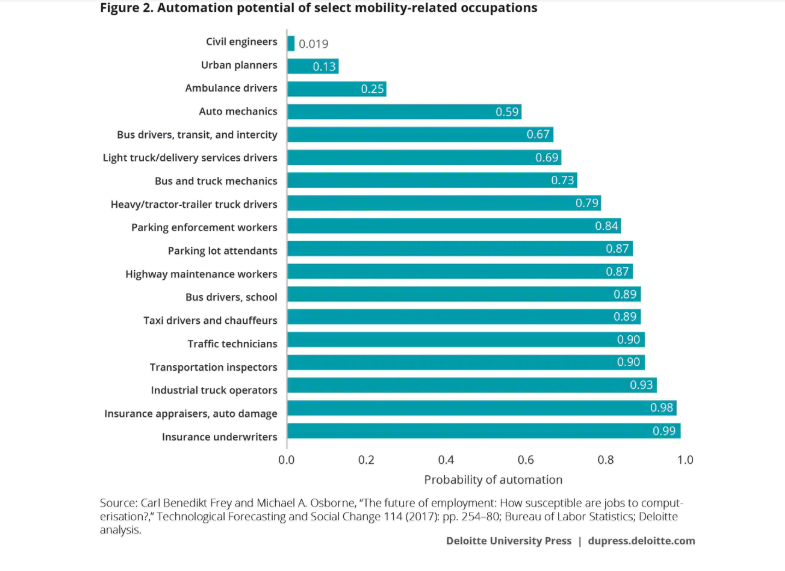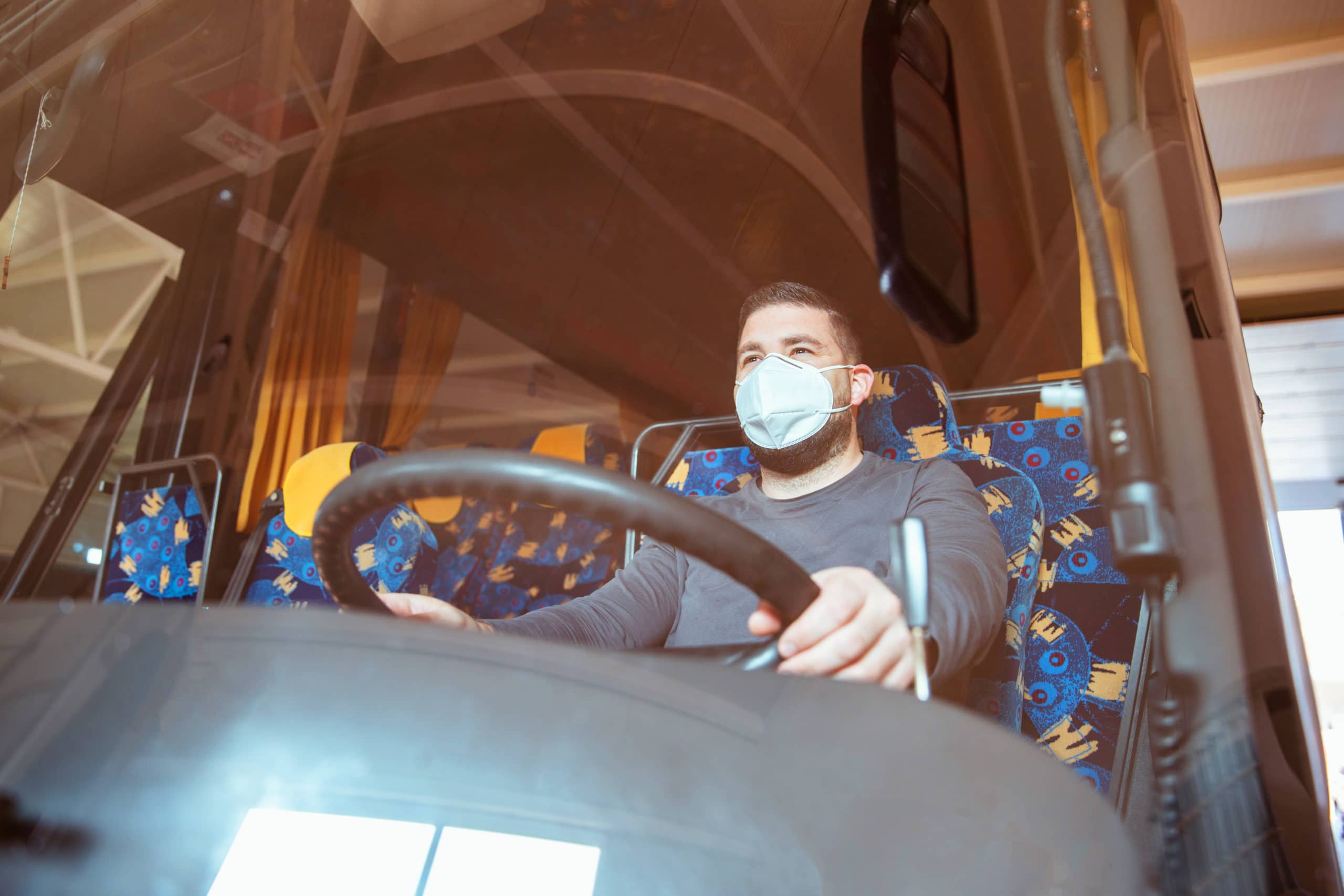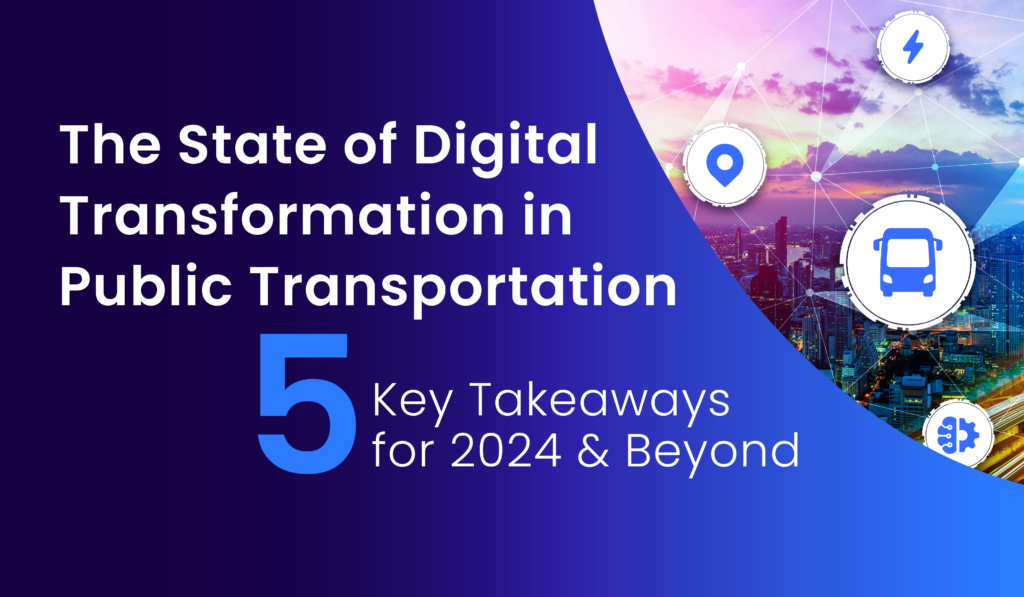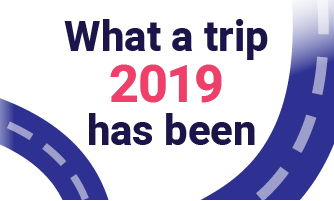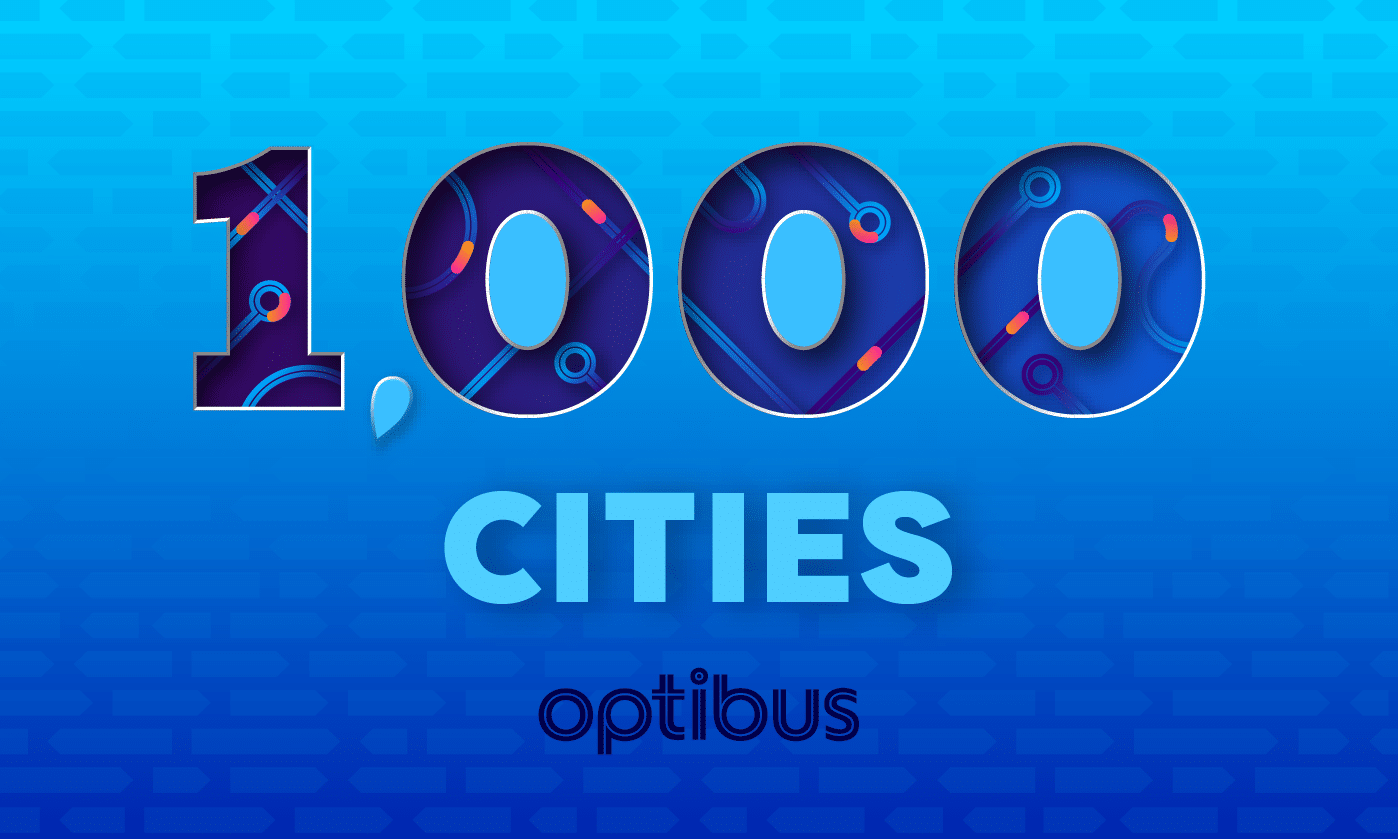Are we facing a wave of technological unemployment in the mass transit space?
John Maynard Keynes, the famous British Economist, discussed the term “Technological Unemployment” long before the future of the Autonomous Vehicle began haunting the job prospects of professional drivers all over the world (the US Bureau of Labor Statistics estimates that in 2016 there were 687,200 bus drivers in the US alone).
Keynes defined “Technological Unemployment” as unemployment that occurs when we can economize on the use of labor (i.e. do the work and use less people for it) and when absorbing the employees who lost their jobs to automation isn’t possible since other jobs haven’t been created.
When Automated Teller Machines (ATMs) were introduced in the latter half of the 1970’s, there was widespread fear that many banking teller jobs would be eliminated as a result. In fact, the number of tellers and bank branch employees has increased, as the content of the jobs have changed to include new and different tasks (see here).
Mobility is undergoing rapid change. What does this change mean for public transportation jobs? The authors of a Deloitte Insights article argue that “Historically the demand for labor has tended to increase as technology advances” and yet say that “The journey is seldom a smooth one, however”.
Public Transit has already seen automation take jobs away: ticket sales have been going through a long process of automation in the last twenty years or so. What will happen to drivers?
Interestingly enough the Deloitte Insights article lists the automation potential of a variety of jobs in the transportation sector, and it has bus drivers faring better than other jobs:
What does the future hold? It is difficult to tell, yet here are our views on what the future of mobility and autonomous vehicles means for employment in the public transit sector, at least for the near term:
1 . Job loss won’t happen so fast
Although the first autonomous bus trials have begun, it may take 10 – 20 years or more to see them replace bus drivers. Buses have special characteristics, such as large vehicle vibrations, blind spots and manoeuvrability issues (think of a double decker bus) that will make them slower to go autonomous compared to smaller size vehicles. Safety requirements, testing periods and more will delay widespread launches of autonomous buses.
2 . Technology will increase public transit ridership
As transportation becomes more technologically advanced, it will get better. And when it gets better, more people will use it. Thus, jobs in the transportation industry are changing, not going away. In fact, when ridership and scale increase, so will the number of jobs.
With autonomous vehicles, the demand for drivers will eventually drop. Yet the innovation inherent in mobility and the resulting better services (better on-time performance, flexible bus routes, enabled by innovations in bus scheduling) will increase ridership in the long term, in all modes of shared transportation, from ride-hailing to sharing mass transit and even employer shuttles. If more people use their city’s transportation systems in the future, there may be more transportation jobs overall, albeit different ones.
3 . Transportation jobs will become data driven
Today’s public transit operations still haven’t seen a lot of digital transportation. The complex tasks of planning and scheduling are still, in many cases, done with pen and paper or spreadsheets, although optimizing schedules is a tough NP-hard mathematical problem. Yet, as digital transformation enters public transit, generating data about ticketing, scheduling, vehicle location, rider demand and more, deep data science expertise will be compulsory for any kind of transportation planning, scheduling, and dispatching, so every transportation company will need programmers and data scientists.
With the influx of massive data sets from passenger demand, vehicle movements, ticketing and revenue information, and more, data scientists will be essential for analyzing this data to improve routes, predict future demand, and optimize timetables. Likewise, programmers will be needed, particularly in the AV sector, to change routes, timetables, detours, etc., and to customize code when necessary.
Though mass transit companies may use third-party software to run their operations, they will still need their own programmers and data scientists to ensure that things run smoothly, and to fill the previously mentioned roles. These jobs could even go to transportation workers that are re-trained, as their previous experience in the transportation industry will be invaluable.
If transit drivers take advantage of their knowledge of routing and scheduling, and pick up skills in this high-tech sector, they will have an edge in the new transportation job market.
4 . Looking after autonomous vehicles
One of the lesser-recognized necessities in the transportation world is that of cleanliness. We expect public transit to be clean and welcoming. In a world of human drivers drivers clean their own vehicles (buses, taxis) when needed. But in a fully autonomous world there will be demand for specialized cleaners. Cleaning stations will be distributed throughout the city, where human cleaners will be stationed to clean the autonomous cars and buses that stop by.
Similarly, electric vehicles will require charging stations all over the city, much like the gas stations of today. These charging stations will need employees as well.
Conclusion
So, is the future of mobility a future of technology unemployment as defined by Keynes – a future where technology will eliminate more jobs than it can create? It may be too early to tell, and the change may be far off (at least in human terms), but, in general, we think that many new and different jobs will be created as a result of mobility, leaving the question of technological unemployment open.
Read our latest articles:
Relief Vehicle Scheduling
Multi route planning
Bus rapid transit systems planning
Electric vehicle optimization

